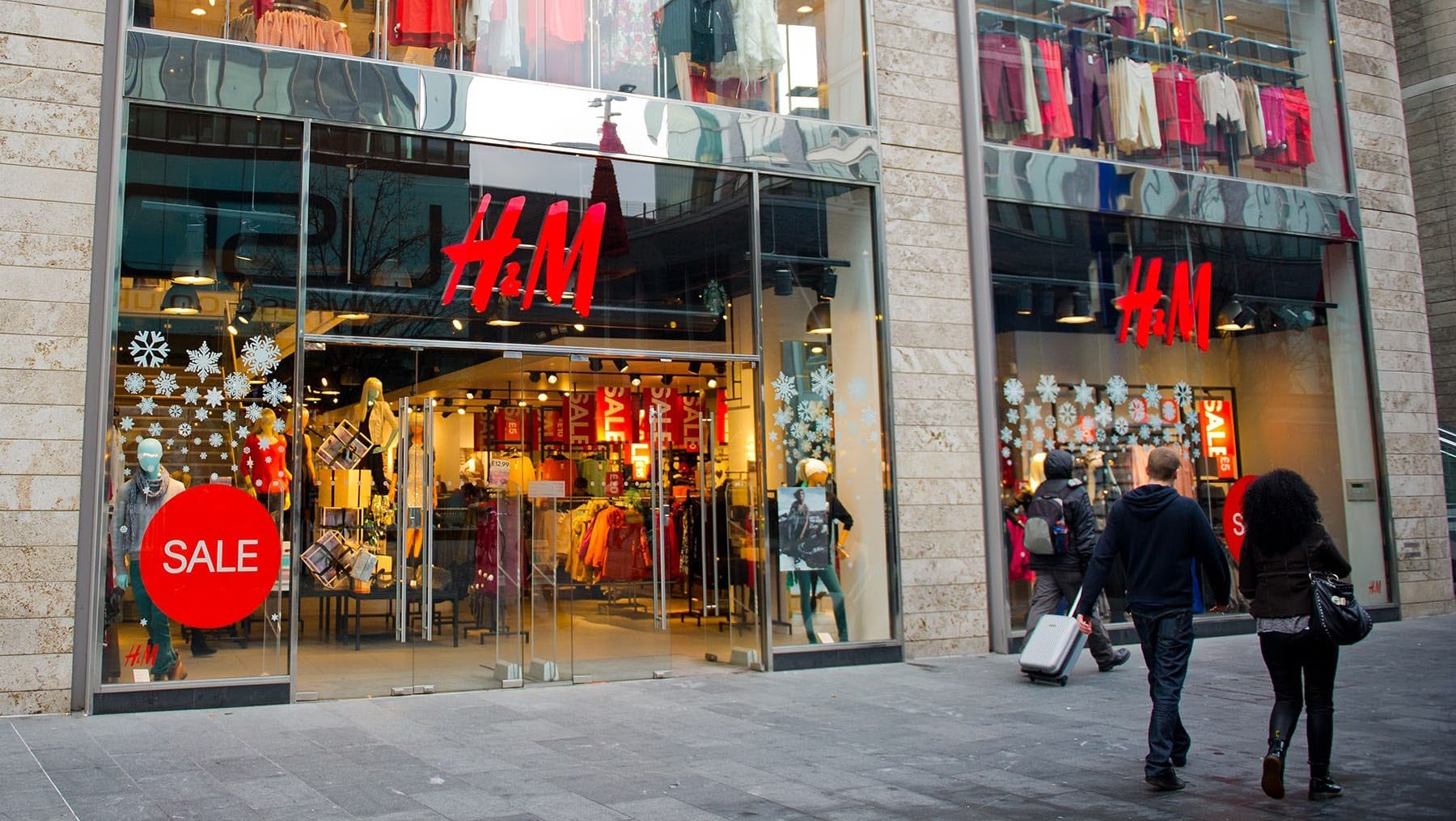
The author has shared a Podcast.You will need to accept and consent to the use of cookies and similar technologies by our third-party partners (including: YouTube, Instagram or Twitter), in order to view embedded content in this article and others you may visit in future.
Subscribe to the BoF Podcast here.
Background
Shein has fundamentally changed the fashion market, challenging fast fashion giants that were not so long ago in the disruptor position themselves. Once the category’s upstart, H&M now finds itself struggling to keep pace as Shein redefines consumer expectations with ultra-low prices, endless selection and lightning-fast production. In response, H&M’s new CEO has unveiled a strategy to target the elusive middle market, hoping to position the retailer as more affordable than Zara but higher-quality than Shein.
This week on The BoF Podcast, executive editor Brian Baskin sat down with Senior Sustainability Correspondent Sarah Kent and Retail Correspondent Cat Chen to delve into the contrasting paths of these two retail giants and what it means for the future of fashion.
“H&M has been stuck in the middle with kind of a muddled identity … It’s trying to figure out how to differentiate itself,” said Chen.
Meanwhile, Shein’s breakneck growth comes with a heavy environmental toll, raising questions about the industry’s efforts to reduce emissions.
“Shein’s growth is phenomenal, but its environmental impact has grown even faster than its sales… now outpacing all other large fashion companies,” Kent said.
Key Insights
- H&M’s CEO Daniel Ervér is focusing on a strategy to occupy the middle ground between ultra-budget brands like Shein and more premium fast fashion like Zara. The goal is to appeal to both ends of the market with a mix of affordable basics and higher-end pieces, as Ervér explained to Chen in her interview with the CEO. “[Ervér] said they were committed to this position of wanting to offer something to everybody.
- Shein’s rapid growth has turned it into fashion’s biggest polluter, surpassing even Inditex in emissions. The company’s production model, reliance on cheap polyester, and coal-powered manufacturing contribute heavily to its environmental impact. “Over the last three years, their emissions have tripled as their sales have grown hugely,” Kent explained.
- As Shein continues its rapid growth, the company faces increasing scrutiny from regulators and potential investors regarding its environmental and labour practices. But Shein is unlikely to face major restrictions on how it operates anytime soon. “The hand of regulation moves slowly, and so far, most companies are being asked to provide a bit more transparency,” Kent said. “No one’s facing any real penalties for being the worst polluter at the moment.”
- Unlike publicly traded companies, Shein is not obligated to disclose its environmental impact, yet it has begun releasing data to gain favour in the regulatory landscape and bolster its efforts to go public. “Being more transparent and talking about its impact is part of how it convinces regulators that it should be allowed to go public and investors that they should invest in it,” Sarah Kent explains. “Shein really doesn’t have to disclose anything at all, but this is a company that wants to go public, has been trying to go public for some time and has faced a lot of questions from both potential investors and from governments about its environmental and labor force track record.”
- Shein’s growth may be peaking, creating an opportunity for competitors like H&M to reclaim market space. The fashion market is constantly evolving, and established brands can still find ways to stand out. “We are at the end of the beginning for Shein and Temu. … I think it’s easy for disruptors to make a splash when they enter the scene, but I think it’s much harder to sustain that splash over time,” Chen shared. “And at the end of the day, there will always be new disruptors.”
Additional resources
- H&M’s Big Bet on Fashion’s Elusive Middle. In an exclusive interview, CEO Daniel Ervér outlined his strategy to turn the Swedish fast-fashion giant’s greatest weakness — its positioning above Shein but below Zara in the category’s pricing hierarchy — into a strength. It all kicks off with a collection launching next month.
- Shein Emissions: Fashion’s Biggest Polluter? The ultra-fast-fashion giant’s planet-warming emissions have nearly tripled in the last three years as its growth far outpaced other major fashion companies. In Shein’s latest sustainability report, CEO Sky Xu says tackling emissions is “particularly critical.”



